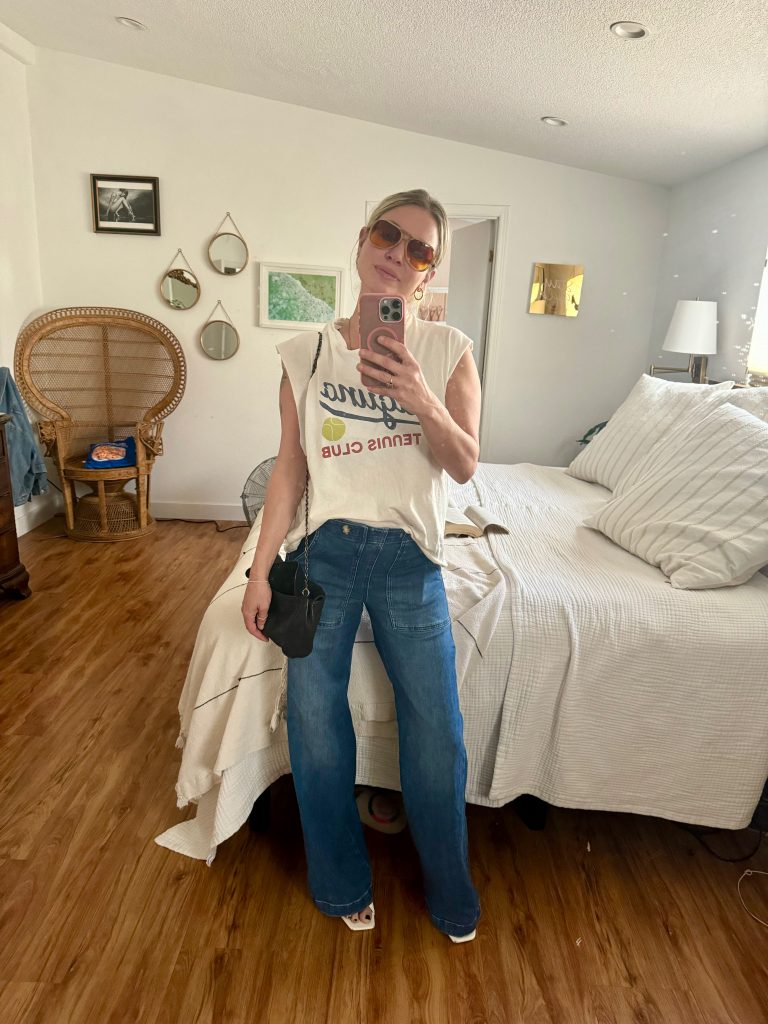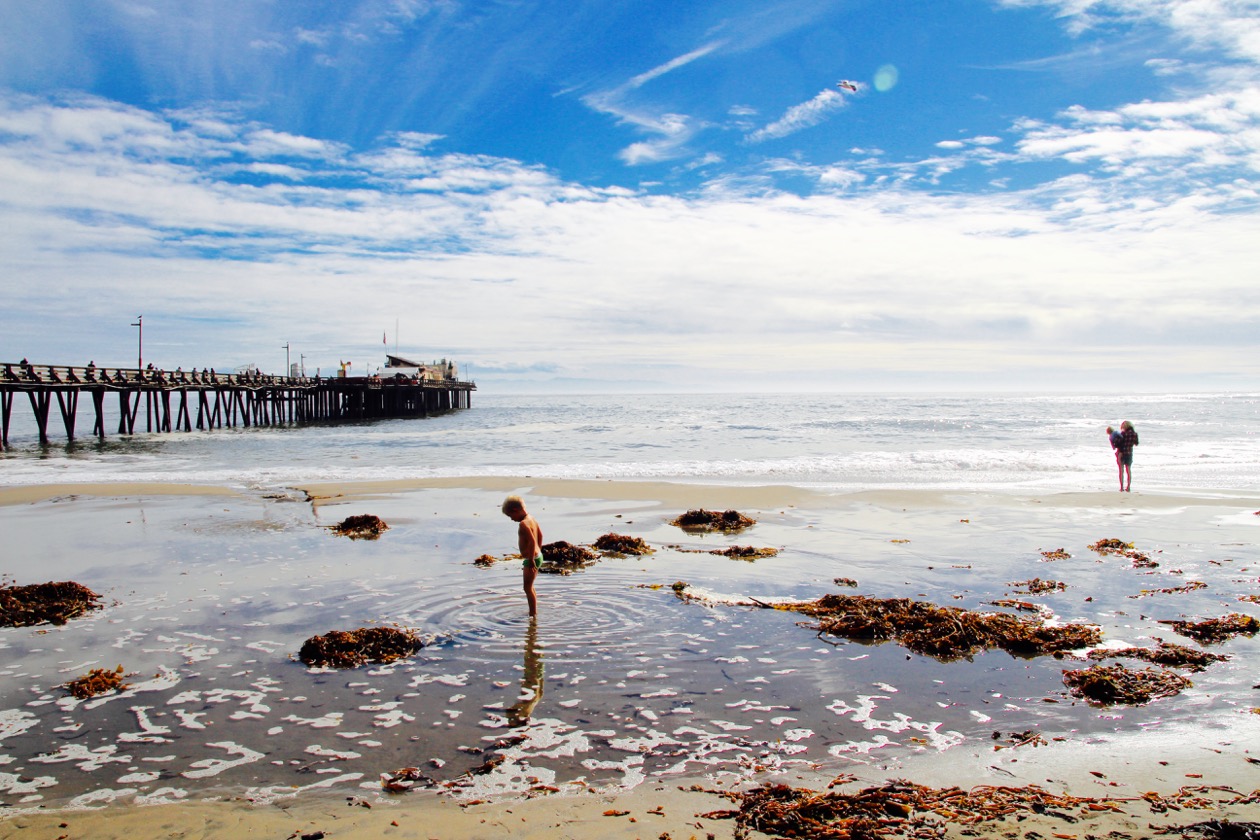For this installment of blog advice, we’re doing a two-for-one.
First, Rachael wrote in to ask whether I thought it was important to find a “niche”, since her interests lie in the lifestyle sphere rather than in any specific topic (e.g. cooking).
Q. For years I had been wanting to start a blog, and finally decided to stick to lifestyle (despite others warning me that that wasn’t niche enough). I love blogging, but I did begin to worry that as much as I enjoyed the general idea I chose, I wouldn’t be able to build a strong readership. It seems that your posts tend to focus around your life…do you have any tips or tricks for someone new to the blogosphere looking to create an interesting and beautiful blog?
A. You know, I definitely think there are many advantages to choosing a niche topic when starting a blog. It helps to give you focus and direct your content, and helps readers to find you. For me, though, that was never an option – the whole reason I wanted to start blogging was that I had so many different interests that I wanted to explore, and the simple truth is that I didn’t give it a whole lot of thought: I just started writing. And over time, this is what evolved.
But there has to be some cohesion in order to keep your readers interested, involved, and coming back, and when it comes to a lifestyle blog I think that element is you. Your voice, your take on things. If you’re rock-solid on that (which is not to say that you can’t change your mind, just that you have a strong sense of what it is that you want to say and how you want to say it), well then, boom: there’s your niche. And the best way to find that voice is to write and write and write. So get to writing.
Regarding creating interesting content, I think that the best thing that you can do is choose topics that you’re genuinely passionate about, and then write about them honestly. No lily-gilding; just say what you mean, mean what you say, and your readers will find you.
You’ll find lots more tips in these posts:
Blog Advice I: General Do’s & Don’ts
Blog Advice II: Rules & Legal Issues
Blog Advice III: Finding The Time
And next, Megan wanted to know how to deal with recipes.
Q. Would you happen to know what the rules are? How much do you have to change a recipe before it comes your own?
First, it’s important to know that re-printing a recipe word-for-word, even if you cite the source, may be considered copyright infringement. More info on US Copyright Law is here.
Now, when it comes to adaptations, inspirations, and such, my general rule is that if I reference a website, book, or magazine article while making any part of a dish, I always cite the source. If I change a few elements of the recipe, I use the language “adapted from” not because I’m trying to take credit for the wonderfulness of the dish, but rather because if I was a chef and worked hard to arrive at specific proportions and then someone used four tablespoons of olive oil when I specifically said to use one, it might bug me if they said that they were using my exact recipe. Or…well, it wouldn’t bug me, but it might bug some people. And if I draw from a source but change a recipe dramatically (for example, changing an Apple Tart to a Peach and Blueberry Tart), I use the language “inspired by.”
So that’s how I handle that.
The issue for me arises when I make a dish straight from my head, but I feel like it was inspired by something I read or saw a long time ago…but I can’t for the life of me remember where I saw it. If that’s the case, I try to include that info as part of the “story” surrounding the recipe. For example, years ago my friends Jeremy and Eric taught me to make a dish from a recipe that they had printed out, but while at this point I’d consider the recipe “mine” (it’s certainly evolved over time into my own creation), I’d still want to mention where the inspiration for the dish came from, both because it seems like the right thing to do and because it’s part of the story. Make sense?
(Oh, and if I snag an image of a recipe from a site, I always do a double-hit of linking through with a “Via” and linking the image itself back to the source.)
In sum: when in doubt cite, cite, cite. And if you’re nervous about anything you plan to publish, make the extra effort to contact the original author; that’s always appreciated.






